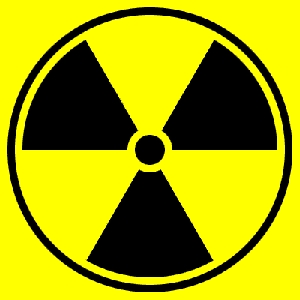

South Korea’s nuclear safety regulator has approved the restart of Hanbit (formerly Yonggwang) unit 3, which has been offline for almost eight months for repairs. The move will ease concerns of power shortages over the coming months.
Plant operator Korea Hydro and Nuclear Power (KHNP) shut down the 1000 MWe Hanbit 3 for scheduled maintenance and refuelling in October 2012. It was kept offline for the repair of six of the reactor’s 84 head penetration nozzles, tubes through which the control rods are guided into the reactor core.
The restart comes as South Korea faces potential power shortages, primarily due to the enforced shut down of three reactors while six others are shut for maintenance.
The Nuclear Safety and Security Commission (NSSC) has now approved the restart of the unit. The reactor was due to be restarted today and to reach full generating capacity on 13 June.
Last month, an NSSC investigation found that safety-related control cabling with forged documentation had been installed at four of KHNP’s reactors: Shin Kori units 1 and 2 and Shin Wolsong units 1 and 2.
KHNP was ordered to stop operation of Shin Kori 2 and Shin Wolsong 1 units, while Shin Kori 1 – which had been offline for scheduled maintenance – must remain out of operation. In addition, the newly-constructed Shin Wolsong 2, which is awaiting approval to start for the first time and begin commissioning.
The NSSC told KHNP that the four units will not be allowed to operate until the cabling has been replaced, is expected to take about four months.
Korean media reports suggest that another reactor – Hanul unit 5 – could also soon resume operation, possibly within the next few days. The unit has been offline for routine maintenance and inspections.
The Ministry of Trade, Industry and Energy (MOTIE) had earlier expected supply capacity of 80,000 MWe during the summer, when demand is projected to be 79,000 MWe. However, generating capacity is now only likely to be around 77,000 MWe.
The ministry warned that the worst shortages could occur in August. It said it would consider various measures – including rolling blackouts – to help meet demand.
Gallagher Re has shed light on the significant challenges insurers face when providing coverage for…
The Australian government will disburse AUD 1.7 million (USD 1.1m/EUR 1m) in grant funding to…
GlobalData’s latest report, ‘Asia Pacific Renewable Energy Policy Handbook 2024’ is among the latest region-specific…
The electrical generation market is facing a number of challenges, including the need to increase…
Nuclear energy has emerged as a prominent player in Asia's energy landscape, offering a reliable…
The pursuit of a low-carbon future has gained significant momentum globally, and Asia stands tall…